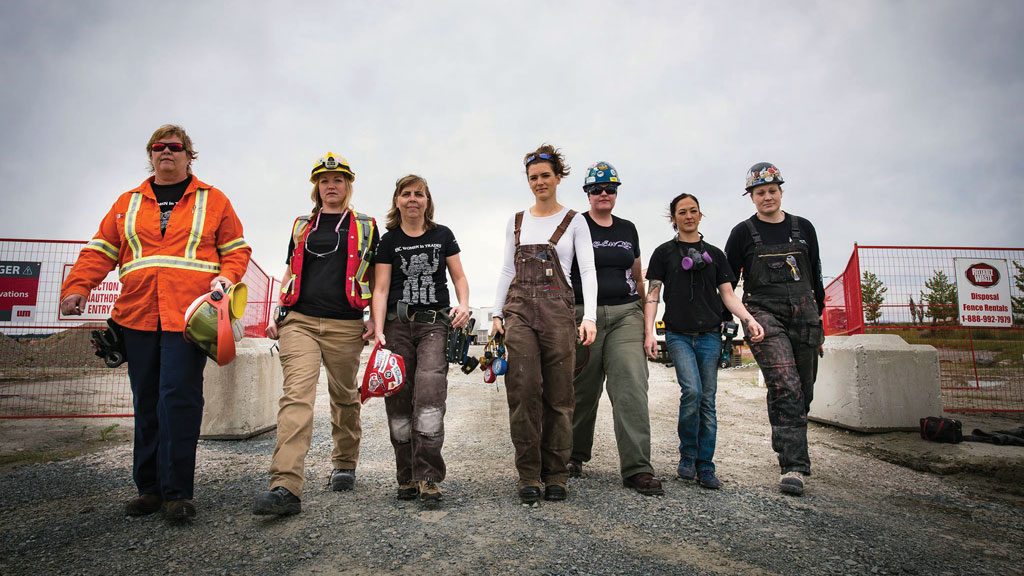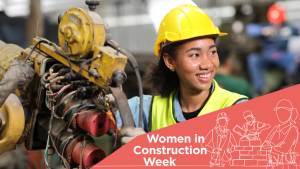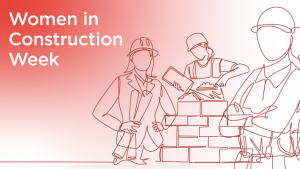In the skilled construction trades, women are almost as rare as unicorns.
But Sandra Brynjolfson and Julia Ballantyne are among a legion of women tradespeople trying to change that.
“The skilled trades represent great jobs for women,” says Ballantyne, a refrigerator mechanic. “Women can earn a family-supporting salary and there are even opportunities for advancement into leadership roles.”
Brynjolfson, an electrician, agrees.
‚ÄúIt‚Äôs extremely rewarding as a career. I‚Äôve worked on some major projects around the province, like the ∫⁄¡œ≥‘πœÕ¯ Line SkyTrain, and I never get tired of seeing what I helped build.‚Äù
Yet Brynjolfson and Ballantyne, as women, are minorities on any construction or maintenance project.
In B.C., women represent less than five per cent of the construction trade workforce. In other skilled trades, that number is even smaller.
Meanwhile, other industries and sectors such as the military and law enforcement have met or exceeded 15 per cent female representation.
According to BuildForce ∫⁄¡œ≥‘πœÕ¯, which tracks industry trends, an estimated 277,000 new construction workers will be needed by 2027 in order to meet labour requirements and counter the rising retirement of Canadian workers.
That’s good news for women, who can play a huge role in helping to address this skills gap.
Brynjolfson and Ballantyne are doing their part by leading the B.C. chapter of Build TogetHER, which is the women’s committee of the BC Building Trades.
The two women speak to groups of other young women and girls around the Lower Mainland regularly about opportunities in the trades.
Brynjolfson also recently left her position as a forensic electrician for a BC Hydro contractor to take on a special assignment as one of two co-ordinators of the new BC Centre for Women in the Trades.
A two-year pilot project funded by the provincial and federal governments, the centre aims to increase the retention and advancement of women in the trades through targeted supports and programs.
The centre is also trying to change the culture in construction.
Research indicates women face a number of pervasive, systemic barriers that make it difficult for them to enter and remain in the trades, as well as advance in the sector.
Brynjolfson and Ballantyne are confident that the dial can be moved on women in the trades.
“Hiring women is very good for business,” says Brynjolfson. “Studies show that women give organizations a competitive advantage through increased productivity, enhanced reputation and employer loyalty. Women-dominated teams have an eye for detail, and they bring a perspective that supports successful business strategies.”
This article was submitted by the BC Building Trades Council in recognition of Labour Day. For comments or questions on Journal of Commerce articles, submissions or columns email editor@journalofcommerce.com.











Recent Comments
comments for this post are closed